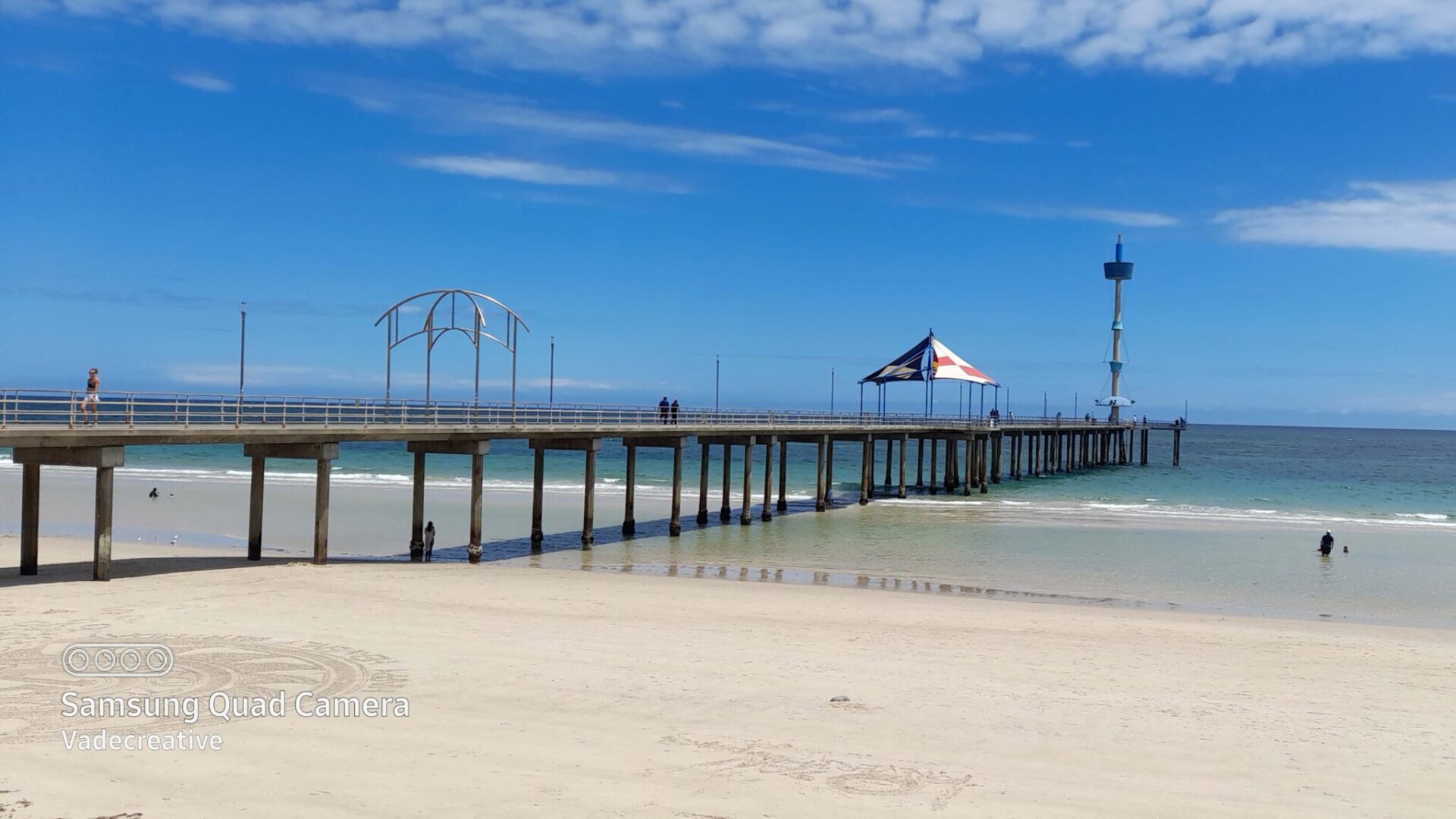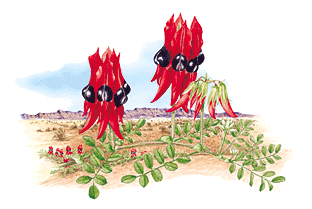
A world of new experiences and things to do, from the Outback to the coast … and everywhere in between.
South Australia (commonly abbreviated as SA) is a state located in the southern central part of Australia. It encompasses a total land area of 984,321 square kilometres (380,048 square miles) and has a population of 1.9 million. South Australia shares borders with all the other mainland states of Australia.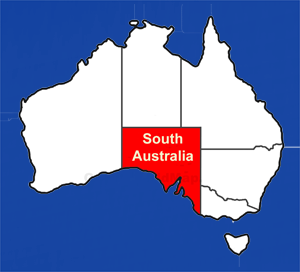 The majority of its population resides in the greater metropolitan area of the city of Adelaide, while most of the remaining inhabitants are settled in fertile regions along the south-eastern coast and the River Murray.
The majority of its population resides in the greater metropolitan area of the city of Adelaide, while most of the remaining inhabitants are settled in fertile regions along the south-eastern coast and the River Murray.
The state’s colonial origins are unique within Australia, as it was established as a freely settled as a planned British province, rather than a convict settlement, which is the case with other Australian states. Colonial governance commenced on 28 December 1836.
Similar to the rest of the continent, the region has a long history of human occupation by numerous indigenous tribes and languages. The colonial objective was to establish the province as a centre of civilisation for free immigrants, offering civil liberties and religious tolerance.
Despite periods of economic hardship throughout its history, South Australia has remained politically innovative and culturally vibrant. Today, it is renowned for its fine wine and numerous cultural festivals. The state’s economy is predominantly driven by the agricultural, manufacturing, mining industries and tourism. The state is a leader in renewable energy and eco-tourism. It also has a rich maritime history and is known for its commitment to social inclusion.
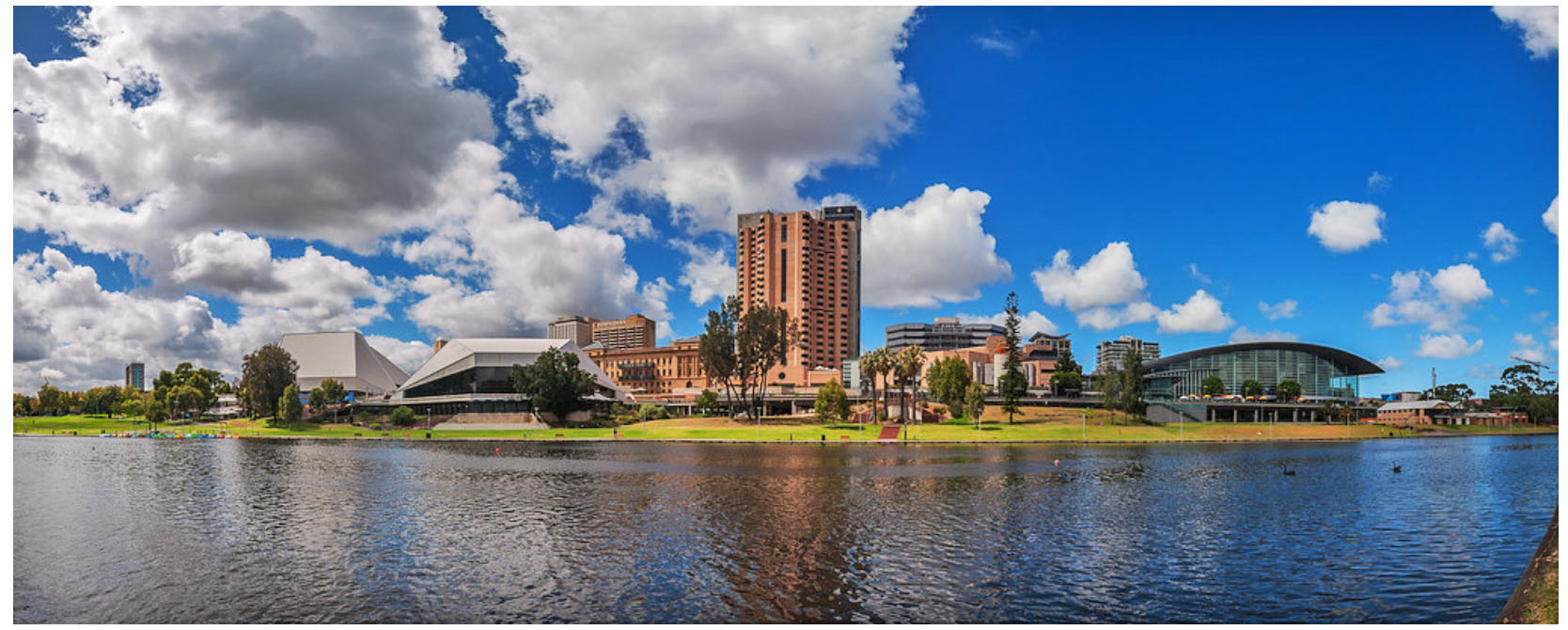
Explore

Among the notable features within the park are Waterfall Creek, Black Cliff, and the Amphitheatre. A freshwater spring near Waterfall Creek is a significant element of the Tjilbruke Dreaming Track, a legend rooted in Aboriginal culture and history. The Aboriginal settlement of the Hallett Cove area is among the earliest documented in Australia. Archaeological evidence, including more than 1700 large stone tools found near the coast and at a campsite at Waterfall Creek, north of Black Cliff, indicates the presence of the Kartan people of Kangaroo Island, dating back to 40,000 years BCE.
 Erratics, rocks left on the beach by a glacier millions of years ago.
Erratics, rocks left on the beach by a glacier millions of years ago.
The erratic rocks at Hallett Cove Beach are fascinating geological remnants from the past. These large boulders were carried by glaciers during the Permian Ice Age, around 280 million years ago. As the ice sheets moved across the landscape, they picked up rocks from distant locations such as Port Elliot and transported them before eventually depositing them at Hallett Cove when the ice melted.

The glaciers left behind the granite boulders that now sit on the beach, distinct from the surrounding rock formations. The presence of these erratics is a key piece of evidence that South Australia was once covered by glaciers, making Hallett Cove Conservation Park one of the most significant geological sites in Australia.
If you’re interested in seeing them up close, you can explore the “Glacier Hike” in the park, which highlights the glacial pavement and other geological features. Your interesting hike can end in the local café which serves a very good coffee.







 Brighton Jetty, in the morning
Brighton Jetty, in the morning

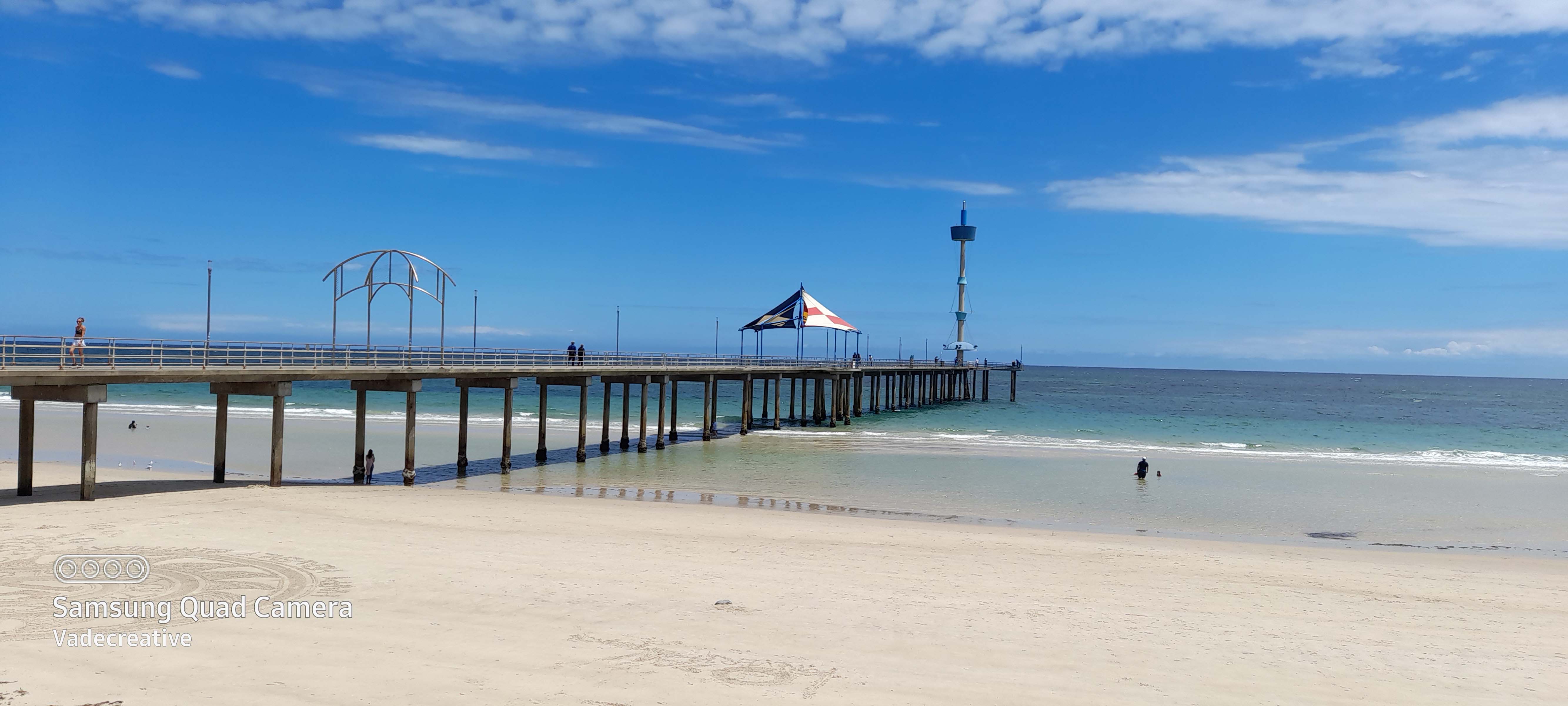 Brighton Jetty, in the morning sun
Brighton Jetty, in the morning sun
 Brighton Beach, looking north
Brighton Beach, looking north
 Brighton Beach, looking north
Brighton Beach, looking north
 Brighton Beach, looking north
Brighton Beach, looking north





 The Eclectus Parrot (Eclectus roratus), Adelaide Zoo
The Eclectus Parrot (Eclectus roratus), Adelaide Zoo


Artist’s work from a restored photograph

Artist’s work from a restored photograph
